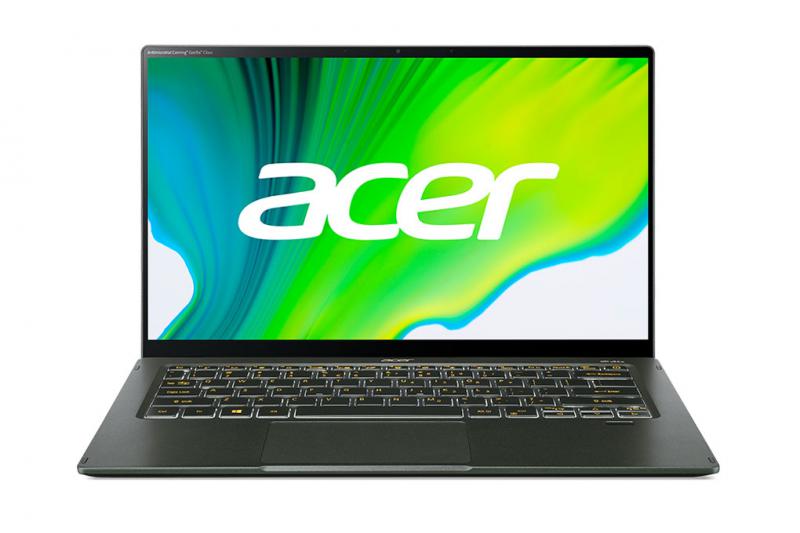![[Image: _118684685_geo.jpg]](https://ichef.bbci.co.uk/news/640/cpsprodpb/E518/production/_118684685_geo.jpg)
Data center waste heat and wastewater jobs could warm many people in the UK's low-carbon future.Industrial heat and incineration can also capture and deliver pipes to homes, hospitals, schools and offices.The warmth could be sucked out from rivers and seas - and from old coal mines - by means of a heat pump, which works like a refrigerator on the other hand.One-fifth of the heat required for a building could come from what is known as the district heat network, the government adviser said.These pipes are pipelines that are placed under city streets to convey centrally generated warm water by low carbon technology.
The house must be heated by ยูสทดลองเล่นสล็อตโรม่า warm water from a flooded mine.It is part of the thermal revolution that is forced to move forward by Britain's commitment to combat climate change by ending the burning of gas for heating.So far, the debate has focused on the battle between individual air source heat pumps or hydrogen heaters for people's homes.But Chris Stark, from the government's adviser Climate Change Committee, told BBC News: “District heating is very interesting in a densely populated city.And it's the best answer for conservation areas because there is a low-carbon solution for homes where upgrading the fabric of a building is difficult or expensive.
Coal heat
Such district heating networks are common in Scandinavia, where most of them get fuel from wood waste from the wood industry or municipal waste from people's homes.Stark said cities and towns should start planning and dividing their own heat-reducing zones, "the faster we go, the better," he said. Hot in the district by 2030 He said a flooded abandoned coal mine could be a useful source of heat.And London has already opened the first stage of a heat network harvested warmth from the Tube.The CCC is calling on the government to formulate an upcoming thermal and building strategy to provide multi-year funding for the district's program.In a CCC modeling, approximately 18% of homes will be heated by district heating by 2050.
Bigger radiator
It is a huge challenge for the UK heating industry, which currently generates only 2% to 3% of the heat.Moreover, almost all of them are provided by large gas-fired boilers, and these will have to be converted to low-carbon sources for the plan to work.People may need to fit a new radiator up to a fifth so that the heating system can operate at lower temperatures more efficiently.Simon Woodward, from industry organization UK District Energy Association (UKDEA), told BBC News: “In the UK, there is enough heat loss from industry and other sources to heat every home.
The big question is how do we capture the waste heat and bring it to the place where heat is needed?The government is working on a zoning plan suitable for the tropics by 2025.Local officials are expected to be involved in hiring or delivering plans.Woodward said most district heating systems are used in large buildings.He admitted that there have been some people using heaters in the region in the past.He urged ministers to lead a system where local authorities charge users based on fair energy prices, rather than insisting on 100 percent reimbursement.
Dien Dan Rao Vat
Friday, May 28, 2021
The house will be heated by the sewage treatment plant in the future.
Subscribe to:
Post Comments (Atom)




















0 nhận xét:
Post a Comment